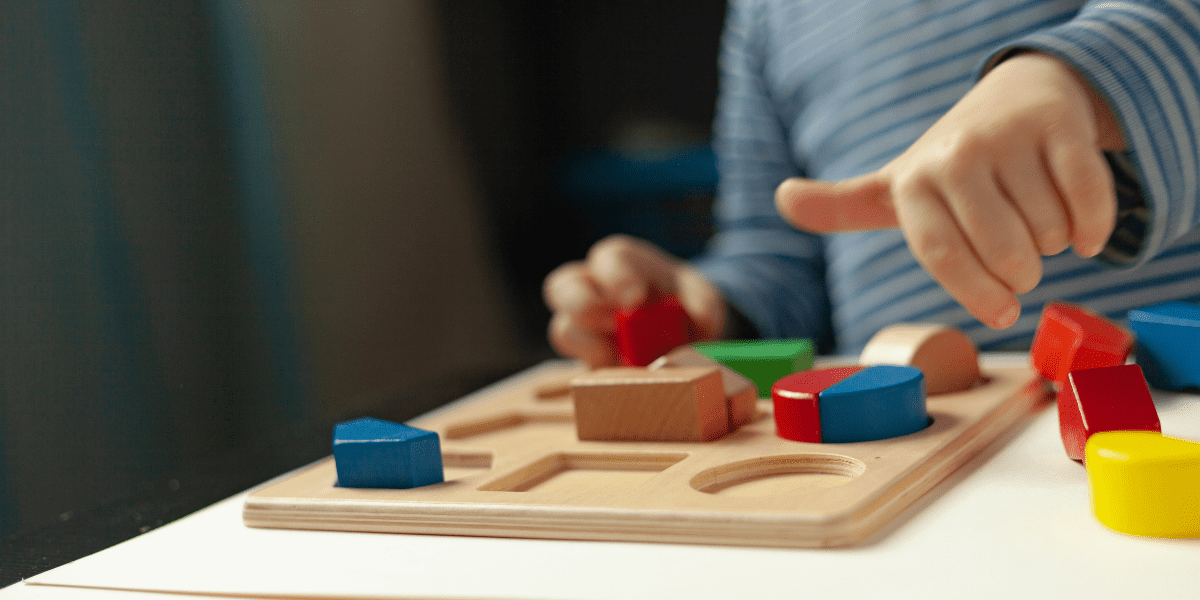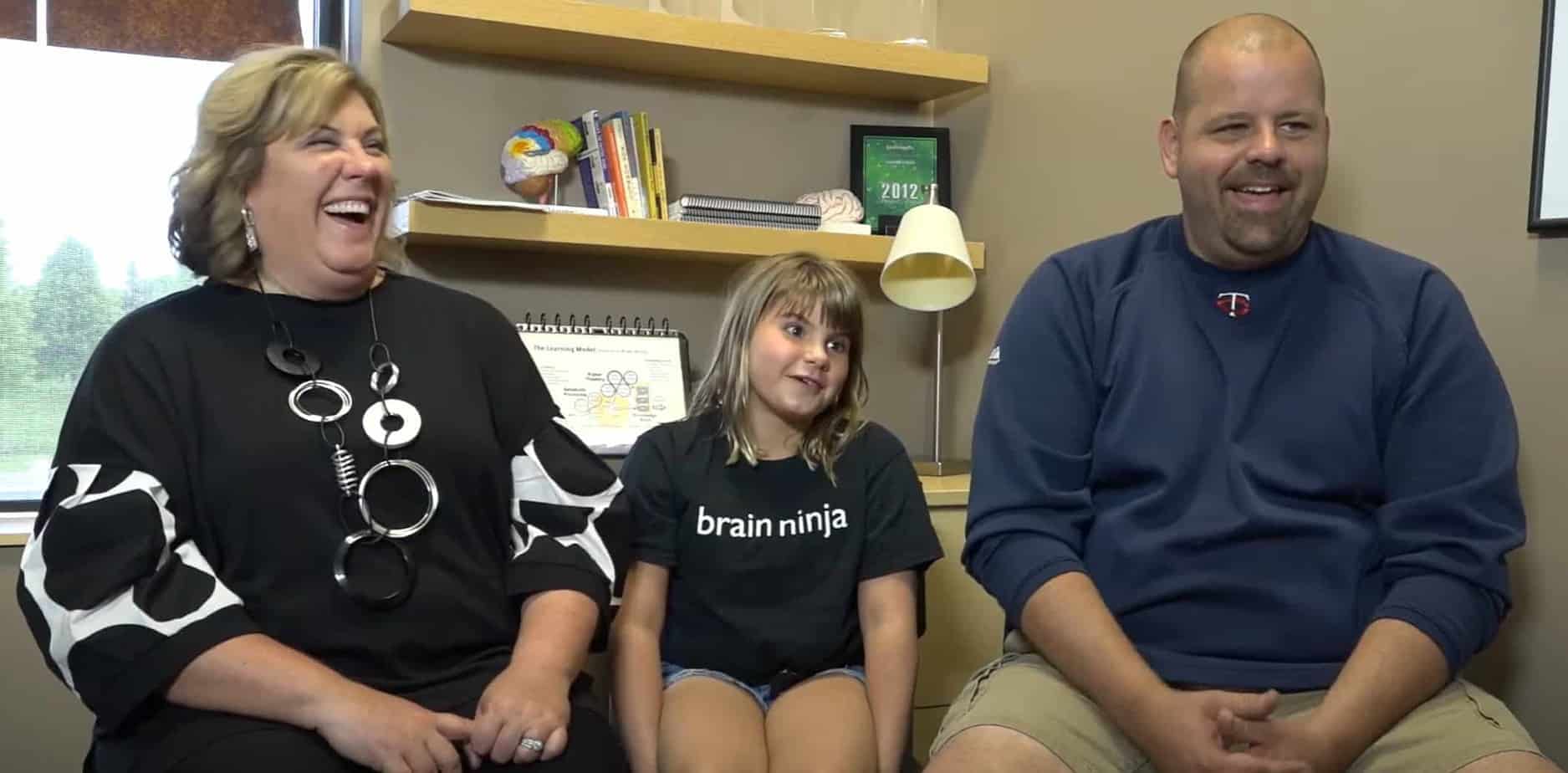How To Find the Right Activities for Your Child on the Autism Spectrum
For children on the autism spectrum, everyday tasks and activities can prove to be challenging — even play!
Sensory, social, and communication challenges, as well as a preference for repetition and routine, can make it difficult for kids with autism to find new hobbies, games, and other activities that they enjoy.
But these activities form a crucial part of a child’s growth and ability to connect with others. It’s important to find activities that help your child on the autism spectrum navigate their challenges and engage with the world around them.
Play Is Important for All Children, But Especially for Kids With Autism
Children get much more out of play than simply having fun (though fun is certainly important!). As Mr. Rogers famously said, “for children, play is serious learning”.
Playtime is where children process everything they are learning by imitating the words, actions, or skills they’ve been taught or have observed in others. Play teaches social skills, inspires creative thought, boosts learning and understanding, improves communication, and helps develop motor skills.
This is true for all children, and children on the autism spectrum are no exception.
For kids with autism, play can also help them learn social and communication skills, work through aversions, develop spatial awareness, learn everyday life skills, and more.
Because children with autism can get stuck in repetitive patterns, be resistant to changes or interruptions, and have difficulty focusing and communicating, it can be more difficult to engage them in play activities.
But play is exactly what they need to work through these difficulties to improve attention and communication and learn new patterns.
How To Find the Right Activities for Your Child With Autism
When introducing your child to new activities, consider activities that utilize their strengths and interests and engage their senses.
- Leverage Their Strengths. Look for skills your child is already good at, and incorporate those skills into the new activities you introduce.
- Start With Their Current Interests. Choose an activity that expands on one of their current interests. This will help keep them engaged while improving focus and attention. Look for ways to help them explore that interest further — related games, clubs, books, and so on.
- Choose Activities That Involve Their Senses. Notice which sights, sounds, textures, or smells your child particularly enjoys, and try to incorporate those things when introducing new activities. For instance, if they respond well to music, try incorporating their favorite songs into new activities you introduce.
- Incorporate Visual Elements. Kids with autism are often visual learners. Incorporating visual elements into new activities can make them more engaging for your child. Visuals can be helpful to teach the rules of a game, for instance — looking at instructions rather than listening to them is often easier for children on the spectrum.
- Keep Instructions Short and Simple. Children with autism can become overwhelmed easily, especially when they are being given too many instructions at once. Try to give instructions using short, direct statements. It can also help to model the instructions while you explain them.
10 Activities To Try With Your Child on the Autism Spectrum
If you’re struggling to find new activities for your child on the spectrum, consider the following ideas. Note that every child has different interests and skill levels, so an activity that works for one child may not be right for yours. You know your child best, so choose activities you think will suit them.
- Sensory Bottles
Fill a plastic beverage bottle (such as those used for water or soda) with rice or sand and small objects. The idea is to have your child find all of the objects in the bottle. Try creating bottles with differently-themed objects based on seasons, holidays, sports, and so on.
- Paper Emoji Cutouts
Use construction paper, markers, and glue to create paper emojis. Arrange the face features to portray different emotions, such as happy, sad, bored, sleepy, angry, etc. Write the name of the emotion on the back of each emoji. Use these paper emojis to talk with your child about their emotions as they arise.
- Sorting Games
Sorting teaches children to organize and categorize things while strengthening observational skills. For example, have your child sort toys by category (dolls, trucks, blocks), Legos or other toys by color, or scrabble tiles by letter.
- Playing With Textures
Playing with different textures can soothe a child with autism, help them overcome an aversion, or even teach them a skill. A common example is to combine shaving cream with water beads for a squishy texture that is calming to play with. Or fill a baking tray with powdered sugar and have your child practice writing letters or words in the sugar with their finger.
- Legos or Other Building Toys
If your child enjoys building with Legos, help them find activities that expand on that interest. Watch the Lego movie with them. Challenge them to build their own city or work of art. Look for Lego clubs in your area (or start one!) as a way to connect them with others who love what they love.
- Video Games
If your child enjoys video games, join them! Take the time to learn how to play, ask questions, and play with them. Video games can also provide a way for your child to connect with other children to build social skills through their favorite hobby.
- Swimming, Biking, Hiking, or Walking
Children with autism often have a good amount of physical energy. If that’s the case for your child, activities like swimming, biking, hiking, or walking may be a good way for them to be active without the pressure and sensory overwhelm of team sports. Plus, going for a bike ride, walk, or hike is a great way to spend time together! Bring along a book of local flora and fauna to see what you can find along the way.
- Drawing, Painting, or Writing Poetry
Artistic endeavors like drawing, painting, or writing poetry can help your child with autism express feelings they might otherwise have trouble sharing. Art can also help them make sense of the world around them and cope with the more difficult parts of life.
- Playing an Instrument, Singing, or Dancing
Music offers another form of self-expression while also stimulating your child’s senses and improving their motor skills. Whether they prefer to play an instrument or learn to sing or dance, music can also give your child a way to connect with others through playing in a band or orchestra, singing in a choir, or dancing with a dance troupe.
- Cooking and Baking
Cooking or baking gives your child a chance to learn to follow directions and try new foods. Start with simple recipes, preferably ones that include photos for each step. Many online recipes also include video instructions, which may be helpful for your child.
How Brain Training With LearningRx Can Help Your Child on the Autism Spectrum
At LearningRx, we have more than 35 years of experience helping adults and children with autism. In fact, one out of every 20 LearningRx graduates was diagnosed with Autism Spectrum Disorder (ASD) before they started brain training!
While brain training isn’t a treatment for autism, it has helped many LearningRx clients with autism improve core cognitive skills, which helped them navigate academics, social situations, and everyday tasks more easily.*
Contact us to explore brain training and see if it may be right for your child on the autism spectrum.
*Disclaimer: You or your child may or may not achieve the same results. See our website for more details.







